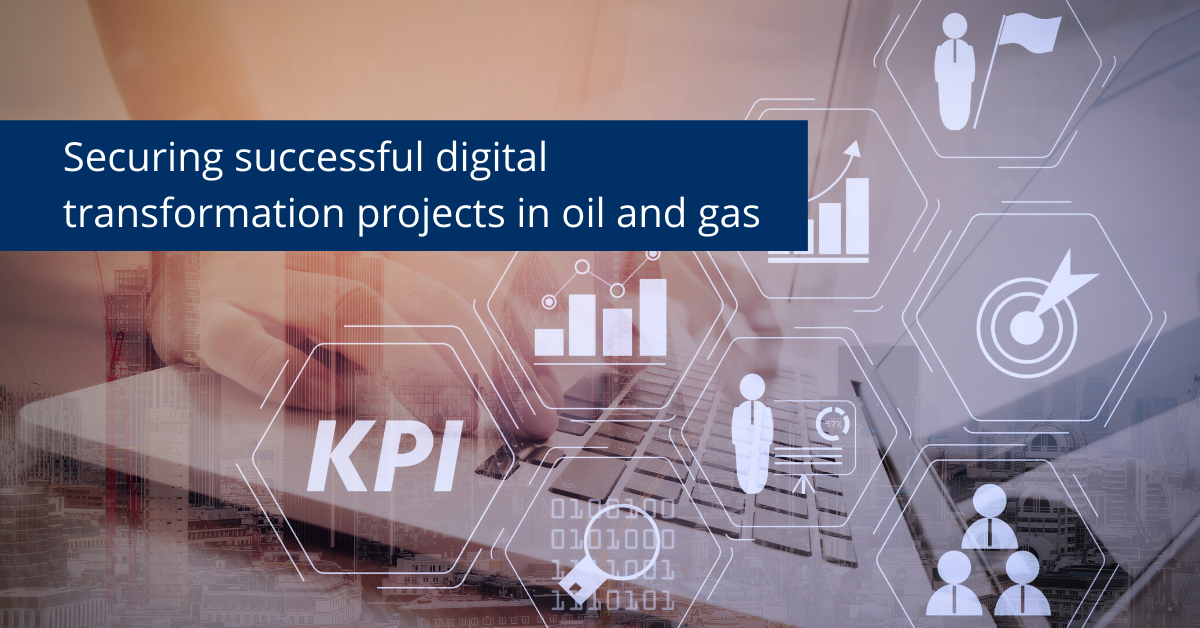*Tech warning – This is a divergence from our previous blogs, that will only be of interest if you are working with gaslift technically.
Gaslift – Where are you injecting?
Apr 25, 2023 3:24:20 AM / by Sandy Williams posted in digital oilfield, data driven decisions, gas lift wells
Darcy Partners recognize Artificial Lift Performance as a Top Innovator in Oil and Gas Production
Feb 2, 2023 4:01:23 AM / by Sandy Williams posted in digital oilfield, data driven decisions, awards
We’d like to say a big festive ‘thank you’ to our amazing clients, that use Pump Checker®.
Pump Checker is used for monitoring and optimization of almost 4000 wells in the Permian and we have had some great experiences from working with the 721 users that have access to our cloud-based solution. The feedback and suggestions that we receive from our users, have helped us evolve and improve the functionality of our product over the years. It’s been a great journey so far and we are immensely grateful for the tremendous contribution that our clients make to our software evolvement.
Normally, in our blogs we like to write about something that is of use to our subscribers. This week we’re going to take a slightly different approach and write about a few ‘under the hood’ things we’ve been doing to make our software faster, more reliable and easier to use, as well as signpost what’s coming in 2022.
It’s our way of saying thank you to you….
Merry Christmas and best wishes for a happy and healthy 2022.
A few weeks ago, we wrote a blog on reducing CO2 emissions in oil and gas operations. Based on the initial commitments coming out of the COP-26 conference in Scotland (Glasgow), it appears reducing methane emissions, is even more important than reducing CO2, so we thought we should revisit our blog theme and expand the topic.
With Halloween upon us and daylight savings not too far away, we thought we’d take a look at the darker side of our business and ask the question:
"What haunts Production Managers?"
Reducing CO2 emissions in oil and gas operations
Sep 9, 2021 7:01:05 AM / by Rupert Radcliffe-Genge (Guest Writer) posted in Reducing CO2 emissions
There is huge pressure on our industry to reduce CO2 and greenhouse gas emissions. And, if we all went back to riding a bike or a horse to work, we could reduce emissions, but let’s face it that’s not happening anytime soon. The lure of those air-conditioned Ford F-150 seats are much more appealing on a hot 100°F+ summers day!
There are many high investment, long lead solutions to assist with reducing emissions or being carbon neutral, such as carbon sequestration, reducing gas flaring, identification, and remedy of methane leaks, or investing in renewable projects. But, none of these are immediate changes that provide a benefit now.
In this blog we’ll look at a few practical measures, that any operator can take, to have an immediate impact on how you manage your wells day to day and reduce emissions.
Our thoughts on 'The Future Need for Petroleum Engineering'
Aug 10, 2021 9:26:51 AM / by Sandy Williams posted in digital oilfield, data driven decisions, gas lift wells
“A few weeks ago we reposted an article by Scott Wilson on “Why We Matter”, continuing the theme I’d like to repost another excellent SPE article on “The Future Need for Petroleum Engineering”. This article presents an optimistic future, that can help us continue to hire great talent into our industry.
One of the questions we frequently get from graduates during hiring is “Isn’t your industry dead”, or worse the death blow statement “I thought you made software, I didn’t realise you’re oil and gas, I’m not interested!”.
The impact of Reservoir Pressure on Artificial Lift Design
Jul 15, 2021 2:58:26 AM / by Sandy Williams
You know the scene, an ESP failed overnight, the production dance is going on. You need to get the well back online asap…..
What information should you give your vendor(s) to perform the design and what information has the most impact on design? This article will show why it is important to use a high reservoir pressure if you want to guarantee your desired production….
When worldwide oil and gas consumption reached record levels yet again in 2017, SPE members were there when it counted, helping to generate more light and power for billions of people across the world.
Top twenty ways to solve your ESP problems
May 26, 2021 2:40:15 PM / by Sandy Williams posted in ESP wells
Do you want your ESPs to be the Tom Brady of quarterbacks? Whether you’re a fan or not, Tom’s track record is impressive, especially his most recent Superbowl win. To be so successful has required intelligence, hours of (proper)practice, the right mindset, change and dedication to being a superstar. He has done things differently from other quarterbacks. Success with ESPs is the same and requires things to be done differently.
Getting ESPs (or any artificial lift method) to produce at lower cost/bbl requires trained staff, appropriate systems, good processes and attention to detail.
In a previous blog we identified some best practices related to gaslift, we thought we’d do the same for ESPs. Our best practices are based on our “True Production Optimization” process. If you’d like to know our top twenty best practices to solve your ESP problems….read on …..
.jpg?width=2097&height=770&name=ALP%20logo%20%26%20strapline%20-%20RGB%20(US%20version).jpg)






